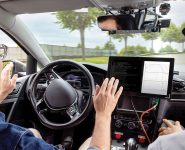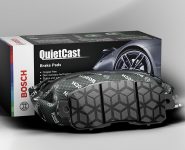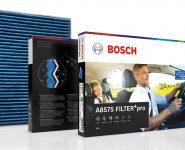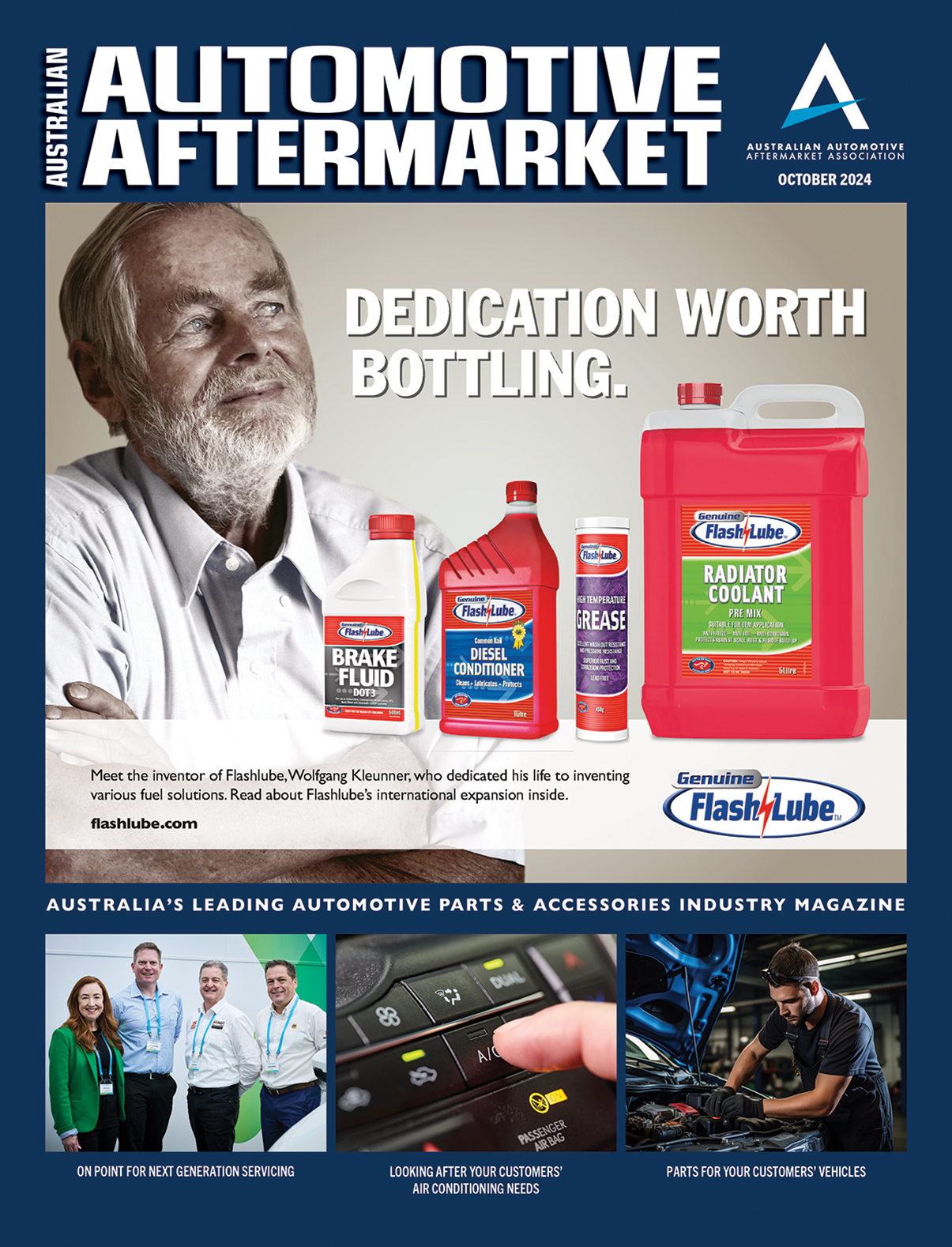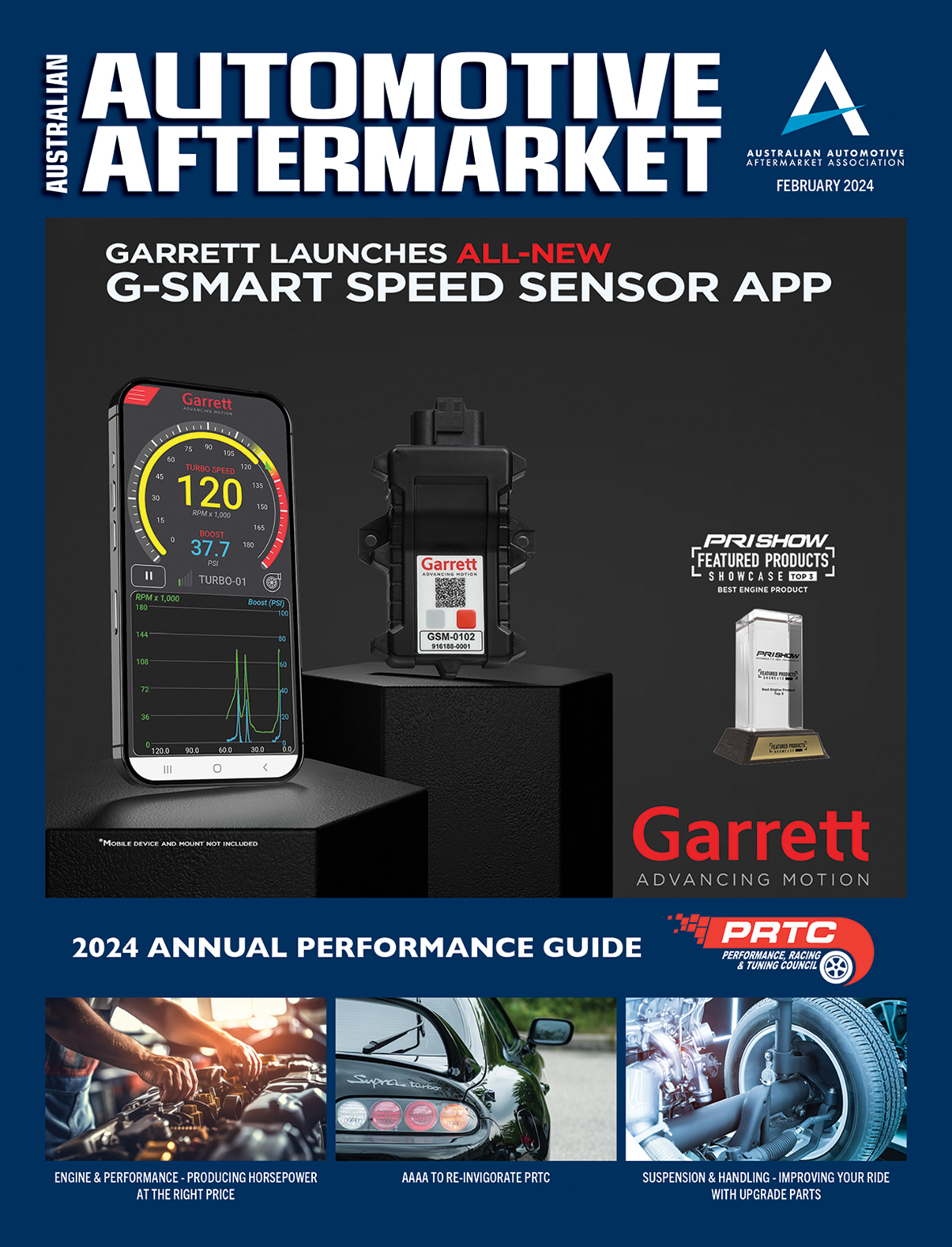BOSCH TESTS FUEL CELL VANS
Fuel cells enable long rangers and short refuelling times

Vans get goods to their destination quickly, ideally using a powertrain with zero local emissions. But the longer the journey and heavier the vehicle, the more a battery-based electric drive reaches its limits. And that is where the strengths of the fuel cell come into play.
Bosch has now equipped two vans with this technology and started test operations on the road.
“The fuel cell enables long ranges and short refuelling times, which makes long journeys more economical,” said Dr Markus Heyn, member of the Bosch board of management and chairman of the Mobility Solutions business sector.
“With the two fuel cell vans, we are expanding our understanding of the system and showing that the fuel cell can also be a suitable drive solution for light commercial vehicles.”
The partner in the project is ABT eLine GmbH, which designed and converted the vehicles together with Bosch Engineering GmbH.
At IAA Transportation in Hanover, Bosch is offering interested visitors the opportunity to experience the test vehicles and Bosch fuel cell technology in action on a track.
Largely Bosch components in use
The developers were able to use Bosch components almost throughout for the fuel cell system. A fuel cell kit is used, which comprises the stack, anode supply module including hydrogen gas injector and recirculation blower, electronic control unit, electric air compressor and components for the hydrogen storage system, and even a large number of sensors.
The technical basis for both vehicles is commercially available vans that run on electric power alone. The batteries including peripherals were now replaced by the fuel cell, five storage tanks for a total of over 10 kilograms of hydrogen, and a smaller lithium-ion battery.
“Accommodating the fuel cell components in the available installation space was a major challenge,” Bosch Powertrain Solutions Division President, Dr Uwe Gackstatter, said.
The partner ABT eLine adapted the cooling system, the vehicle control system, and the electrical system. Bosch designed the fuel cell system, integrated it into the vehicle together with the hydrogen storage system, and developed the associated control system. After the required technical tests, the vehicles were granted official approval for road use.
The project is already providing important insights: even loaded, the vehicles can travel up to 540 kilometres and are fully refuelled again in six minutes. The fuel cell can therefore be a good addition to the battery-electric drive in future for fleet operators whose vans cover particularly long distances during the day and return to the maintenance and storage facility in the evening.
Fuel cell and hydrogen ready for the next step
The first Bosch components for fuel cells are already in volume production, but the work is far from over.
“We need as much data as possible from real driving operations to develop the system further,” Dr Gackstatter said.
Thanks to cloud connectivity, the two test vehicles now deliver these in real-time to the developers’ computers, supplementing the measured values from the test benches. With this knowledge, Bosch can offer customers components that have been tried and tested even earlier, as well as comprehensive support in system design.
However, further steps are still necessary for fuel technology to make a breakthrough.
“Industry and politics must work together to remove obstacles to hydrogen technologies,” Dr Gackstatter warns. For example, the development of a tank infrastructure and the production of green hydrogen in larger quantities remain tasks that can only be solved together.
For more information, visit www.bosch.com.au



